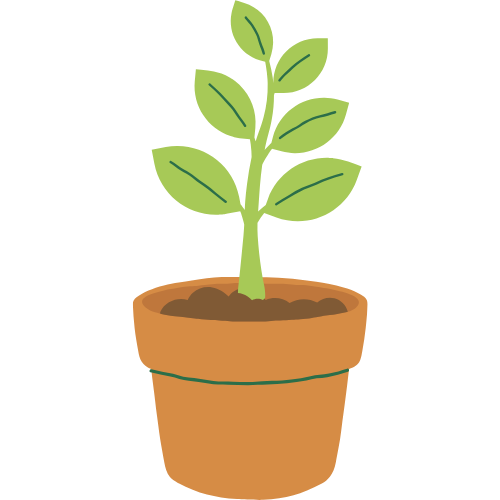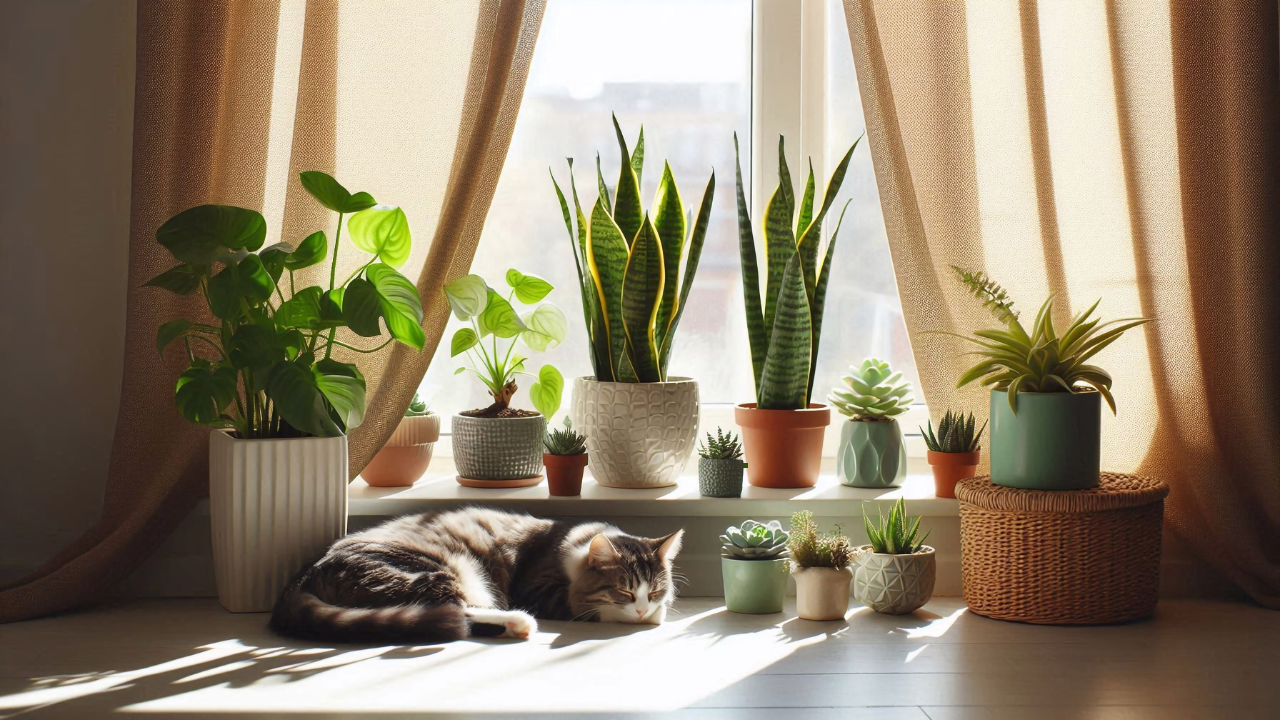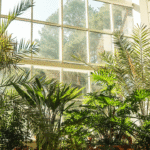The thought that plants that are grown indoors can contribute to massive improvement of air quality within our living spaces is reached based in a well known 1989 experiment by NASA in collaboration with Associated Landscape Contractors of America (ALCA). The purpose of the study popularly known as the Clean Air Study was to discover ways to clean the air in sealed spaces like space stations through natural means. It was discovered in the research that some plants can be very effective in consuming common indoor pollutants such as benzene, formaldehyde, and trichloroethylene.
There are also more recent studies that similarly point out that the impact of just a few plants in a large, open room might not have much of an impact but the initial NASA research itself still offers an excellent list of plants which are known to purify the air when placed under specific conditions.
The following is a list of some of the best clean air plants according to the NASA research.
1. Peace Lily (Spathiphyllum)
The Peace Lily is a real “star” of the NASA research. Beautiful, not to mention the stunning nature of the plant with its glossy own and white flowers, this plant is not only nice to look at but also an incredibly effective air purifier, getting rid of a great variety of pollutants, such as:
- Formaldehyde: Cleaning products, glues and some fabrics contain it.
- Benzene: Gasoline, which is used in plastics, paints, and synthetic fibers.
- Trichloroethylene: one of the dry cleaning solvents, and paint ingredients.
2. Snake Plant (Sansevieria trifasciata)
The Snake plant has the reputation of being referred to as Mother-in-Law Tongue, and is famous due to its strength and its beautiful upright leaves. Bedrooms are particularly a wonderful place to start with these indoor plants since they are unique in the sense that they create oxygen at night. It is especially good at getting rid of:
- Formaldehyde: One of the household pollutants.
- Benzene: It is contained in different household products.
- Trichloroethylene: A solvent marine.
- Xylene and Toluene: These are chemicals that are included in most of the paints and solvents.
3. Boston Fern (Nephrolepis exaltata)
The Boston Fern is a traditional, feathery-ghosted plant that gives a natural sense of class. NASA study also reveals that this fern is very effective at getting rid of formaldehyde and it is a fabulous natural humidifier which can be useful in a dry indoor setting.
4. Spider Plant (Chlorophytum comosum)
Anyone who has started with plants knows that spider plant is among the easy-care plants, but this plant is more than an easy-care plant, as it is also a very strong air purifier. It has cascading foliage and spiderettes, therefore, suits hanging baskets. It excels, in particular, at eliminating:
- Formaldehyde: It is present in domestic materials.
- Xylene: It is used in rubber manufacturing and printing.
- Carbon Monoxide: The study was not a carbon monoxide study, but the spider plants are also reputed to participate in the fight against this popular home gas.
5. Hedera helix (English Ivy)
A very quick growing, climber, this plant is great on a shelf, on a wall or in a hanging pot. English Ivy acts as a very good air filter especially when it comes to:
- Formaldehyde is a common indoor pollutant.
- Benzene: it occurs in tobacco smoke and detergents.
6. Epipremnum aureum Golden Pothos
Golden Pothos is another plant that is easily mixed up with a Philodendron because its vines are a beautiful cascading vine. It is among the most thorough plants to get rid of a large variety of toxins, such as:
- Formaldehyde: One of the main objects of the study.
- Benzene: Benzene is present in many commonly used household products.
- Xylene: A liquid upon which the paint is dispensed on.
- Toluene: A solvent contained in paints and adhesives.
7. Areca Palm (Dypsis lutescens)
Individuals who want a bigger plant that has an air polluting and a rather impressive impact should seek the Areca Palm. It is also very effective in eliminating various kind of pollutants like formaldehyde, xylene, and toluene, and it also produces a lot of moisture to the air.
8. Dracaena (Dracaena spp.)
Dracaena genus contains a number of varieties, e.g. Red-Edged Dracaena (Dracaena marginata) and Cornstalk Dracaena (Dracaena fragrans). Both are very good on removing:
- Formaldehyde: One of the main objects of the research.
- Benzene: It is present in plastics and synthetic fibers.
- Trichloroethylene: A solvent that is common.
9. Chinese Evergreen (Aglaonema commutatum)
Chinese Evergreen is a robust tropical plant that has lovely patterned leaves. It is an excellent option to use in low-light environment and very effective in eliminating varied toxins, especially benzene and formaldehyde.
10. Chrysanthemum (Chrysanthemum morifolium)
Most of the plants on this list are characterized by their greenery but the Chrysanthemum made it to NASA list with the help of its bright, merry flowers. It is a great air cleanser, and it can eliminate:
- Ammonia: The household cleaner is a widespread chemical.
- Benzene: It is a common solvent.
- Formaldehyde: It is present in most materials.
- Xylene: It is present in a number of paints and adhesives.
What I Think About the NASA Study
Even though the NASA study was taken in a more controlled and enclosed setting, it is worth mentioning that the plants on the list identified by the researchers can be a massive point of departure when looking at someone who might want to invest in some greenery to their living area in places of both beauty and probable health value. The study recommended that in order to get the best out of the air-filtering technique, there should be one plant in every 100 square feet of space in the room. Nevertheless, a few judiciously placed plants can aid in improving the indoor environment to healthier and more lively.



